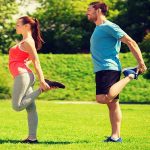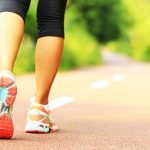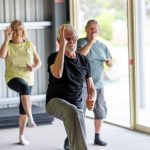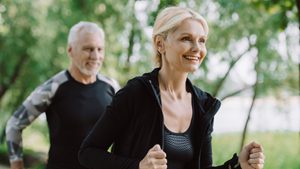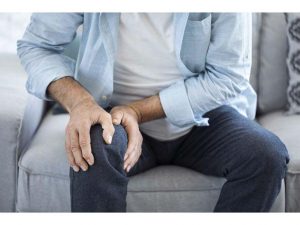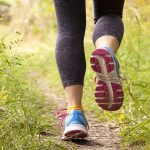
It’s clear that staying active is key to being healthy, and fitness trackers and smartwatches have become popular tools for tracking activity. But just how many steps does someone need to take to lose weight? That’s not such a simple a question. While evidence is limited on exactly how many steps a day it takes to lose weight, experts say to get about 150 to 300 minutes of moderate- to vigorous-intensity exercise weekly, said Amanda Paluch, an assistant professor in the department of kinesiology and Institute for Applied Life Sciences at the University of Massachusetts, Amherst. That’s about an average of 22 minutes per day on the low end and 45 minutes on the high end, Paluch said. “And we do know that for weight loss and weight maintenance, you really need to get to that higher end,” Paluch said. “We do need to exercise more often at this moderate to vigorous intensity to really see weight loss,” Paluch added, but “we really haven’t figured out how much that equates to in terms of steps per day.” Tracking steps That doesn’t mean a person shouldn’t track their steps. “These types of devices can really help us with tracking and goal-setting,” Paluch said. Harvard Health cited a review of recent studies that found people who were overweight or obese and who had chronic health conditions were… read on > read on >











